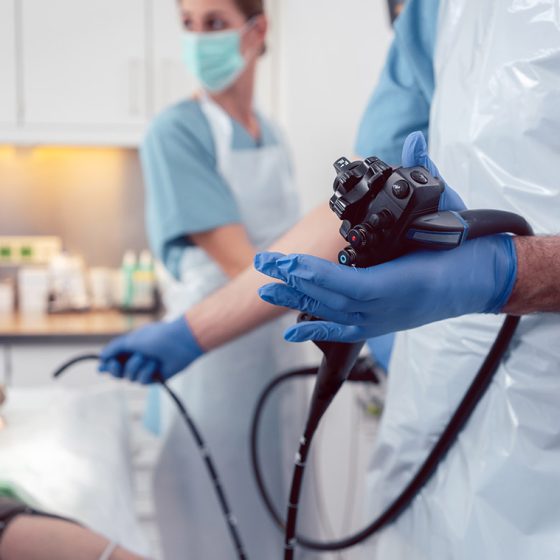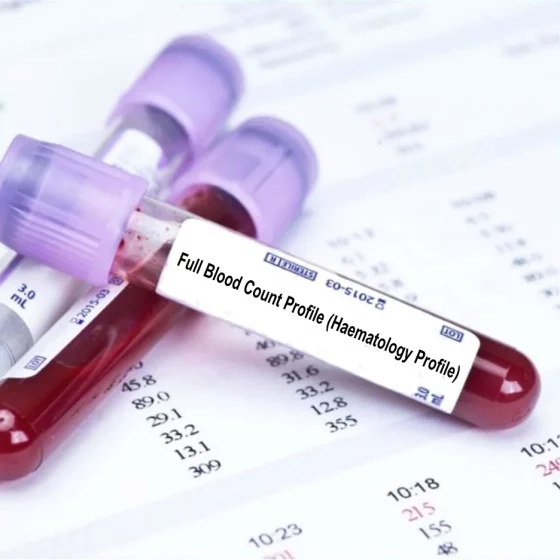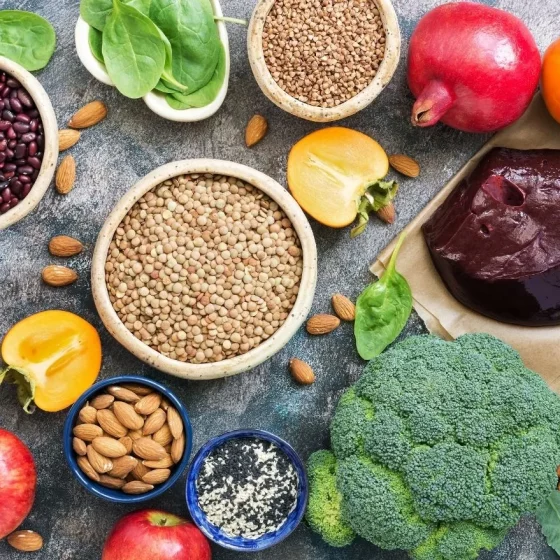Gender incongruence
What is gender incongruence? Gender incongruence is the term used to describe when your gender is different to when you were born. People with gender incongruence may describe themselves as transgender (trans) or gender diverse. What is gender? Gender and sex are different things. Your gender identity is how you feel about yourself. It reflects your experiences and your sense of self. Your gender might be the same or different to the sex you were given at birth. There are many ways to experience gender and it may change over time. Your sex is assigned to you at birth based on your external genitals.







